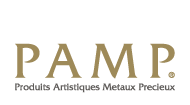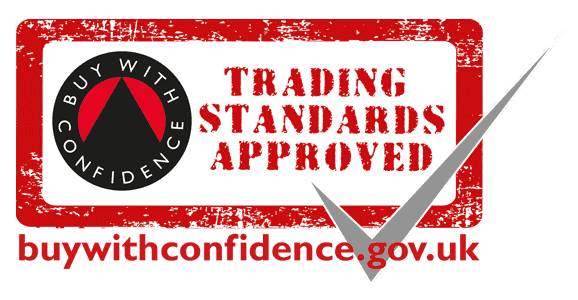What is Assaying?

Assaying is the process of determining the quantity and purity of precious metals. It is a practice for ensuring the identification and valuation of metals like gold, silver, platinum, and palladium. When dealing with precious metal ores or refined products like bullion, bars, and coins, reliable assay results are crucial.
Common Assaying Methods
The most common methods used to assay precious metals are cupellation, gravimetric analysis, volumetric analysis, and instrumental techniques like spectroscopy. Cupellation involves heating a sample to high temperatures to separate pure gold or silver from impurities. The remaining weight of metal indicates purity.
In gravimetric analysis, a sample is dissolved in acid. Chemicals are added to precipitate the precious metal, which is then filtered, dried, and weighed to determine purity. Volumetric analysis measures the amount of titrant solution needed to completely react with the sample, revealing metal concentrations.
Assaying is the process of determining the quantity and purity of precious metals.
Instrumental Assaying Techniques
Instrumental techniques utilize advanced laboratory equipment to assay precious metals. X-ray fluorescence spectrometry bombards a sample with X-rays to excite atomic emissions that identify purity. Mass spectrometry vaporizes and ionizes the sample for purity separation through magnetic fields. These methods provide precise measurements down to parts per million.
Importance of Precise Protocols
Reputable assaying follows strict protocols to ensure accuracy and reliability. Samples are carefully weighed, measured, and processed using calibrated equipment that is periodically checked. Environmental conditions like consistent temperature and humidity are maintained. Precise amounts of specified assaying reagents are used. Samples are analyzed in triplicate or more for statistical confirmation. Quality controls and reference standards certify assay validity. Proper training and oversight are necessary to limit human error.
Third-Party Assaying
For large operations and high-value metals like gold, independent third-party assaying offers reliability through checks and balances. This protects buyers and sellers from potential tampering that biases results for financial gain. Many industries have required assay levels to meet quality standards.
Assay Reports
Assay reports detail metal type, weight, purity level in carats or parts per thousand, who performed the assay, and when/where it was analyzed. This documentation provides critical information to establish market value and appropriate uses based on metal composition. For example, identifying fake gold jewellery relies on accurate assaying. Correct assays also prevent precious metals from being under or overvalued when trading or selling.
From ancient touchstones to modern mass spectrometry, assaying innovations continue to allow for precise purity assessments crucial to our valuation of rare and beautiful precious metals. Careful assaying practices ensure fairness, safety, and quality control when dealing in these lucrative materials.

















